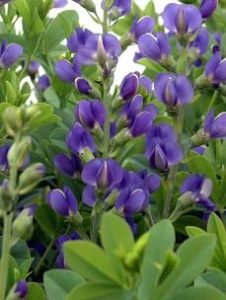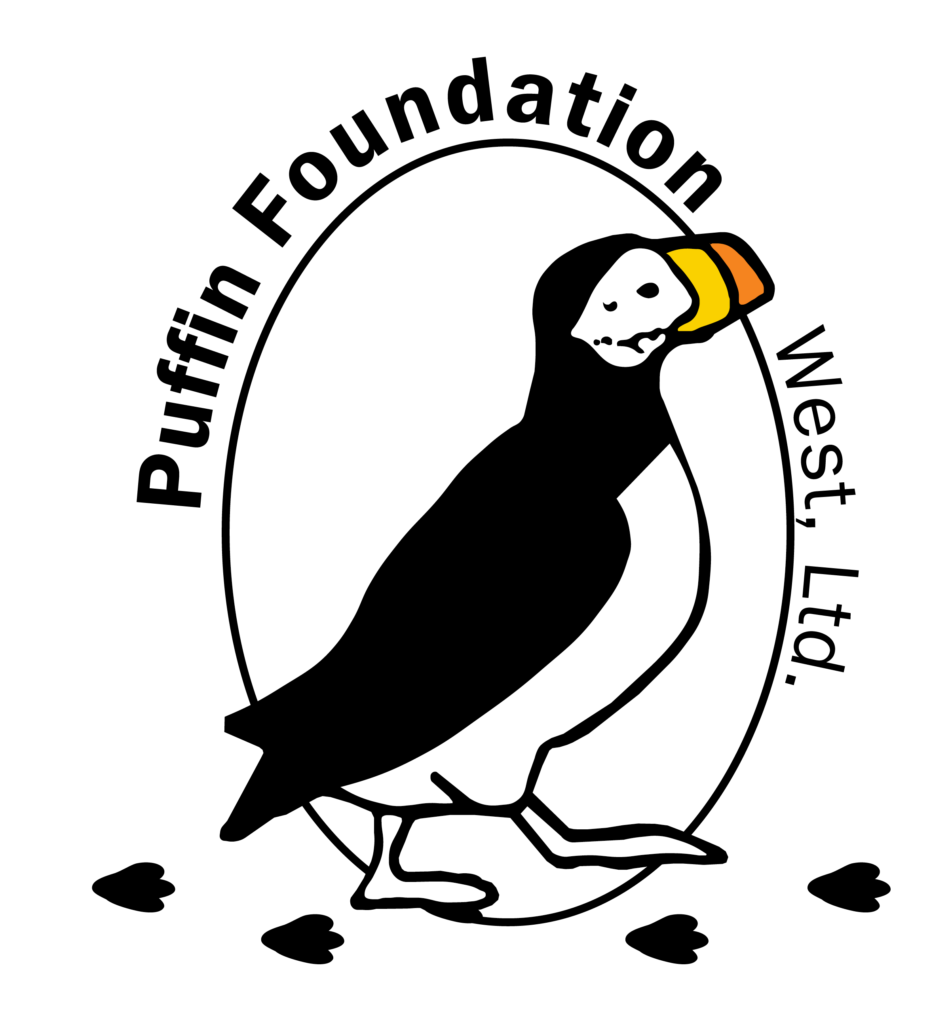WE MET IVIVA IN 2017 AND PLEASE READ HER EXTRAORDINARY FINAL REPORT TO SEE HOW SHE HAS GROWN.
Iviva Olenick, artist
Crowd Seeded Textile Farm
March – October, 2019
4. Project Location with address (if multiple locations please list all): Wyckoff House Museum, 5816 Clarendon Road, Brooklyn, NY 11203; GrowNYC’s Governors Island Teaching Garden; Old Stone House gardens, 336 3rd St, Brooklyn, NY 11215; Brooklyn Botanic Garden’s Education Greenhouse, 1000 Washington Avenue, Brooklyn, NY 11225
5. Actual number of participants: 200 audience: children, adults, seniors from NYC and around the country
6. Describe any changes from your original proposal:
I largely adhered to my proposed project. My goals were to continue indigo production, adding colonial cash crops cotton and flax. I succeeded in growing all three crops, continuing my partnership with Brooklyn Botanic Garden, which sowed Japanese indigo seeds from my 2018 crop, while adding new individual growers in NYC and around the country. I mailed seeds to contacts in Pennsylvania and Georgia, and they kindly mailed plants back to me.
I also succeeded in expanding my partnerships to include Old Stone House in Park Slope, Brooklyn, while maintaining my existing relationships with Wyckoff Farm, which continued to grow indigo from seeds I provided, and GrowNYC’s Governors Island Teaching Garden, which continued to provide me with space, adding an additional bed for flax for a total of 6 beds (five for indigo).
While partnerships with individuals and institutions grew, I offered three free, public workshops this summer, which included indigo harvesting and dyeing, discussions about long term consequences of colonial cash crop labor histories on racial and socioeconomic inequities, flax harvesting, and weaving. Two workshops took place on Governors Island, and I held one at Old Stone House. Participants included children, adults and seniors. I would estimate total attendance to be around 120. Additionally, I brought indigo into my 3rd grade classroom at my
private school teaching job, where 25 children used fresh leaves to dye silk yarn and fabrics they’d woven. Finally, Wyckoff House hired me to lead an indigo dyeing workshop with leaves grown on the farm for their Teen Garden Apprentices, 6 local high school students from Brooklyn, NY who had previously not known about indigo from a historical, scientific or artistic perspective.
7. How did it go? Did you accomplish your goals for this project? What went well? Were there any unexpected challenges, and if so, how were they addressed?
Indigo production and growth this year surpassed previous years. I am thrilled by the way this season turned out, and by new and continuing partnerships allowing for this growth.
I’ve been successful at growing Japanese indigo since 2017, and at using several historically-based methods for dye making. This year, I was thrilled to have several tropical indigo plants gifted by the Brooklyn Botanic Garden. While I’ve tried for several years to grow this species from seed, I’ve found it difficult. This is the species that was the colonial cash crop in the South. I am currently fermenting leaves from my tropical indigo plants, and will extract the pigment to use in dyeing workshops next season.
In addition to unprecedented literal growth of indigo, I increased my number of public workshops and the sites where I led indigo dyeing to include Wyckoff House, Old Stone House, both in Brooklyn, and GrowNYC’s Governors Island Teaching Garden.
The spring and summer seasons were unpredictable in terms of weather and this affected the timing of how the three crops, cotton, flax and indigo, interacted with workshop dates. Flax was easy to grow. The timing of my workshops ended up not quite working with the flax’s schedule. While we were able to harvest and view the flax and talk about its history as a local colonial cash crop introduced by European colonists, including the Dutch, the flax wasn’t ready to be processed yet during the indigo dyeing workshops. The same holds true for the cotton. I’d tried unsuccessfully to seed cotton at home starting in March. Once summer hit, I planted additional seeds and none sprouted until August, so while I was able to make the seeds grow, they did not progress far enough to actually produce cotton bolls. When I plant on Governors Island next year, I plan to add cotton directly to one of the beds. With the farmers‘ support and care and the rich compost and soil provided, I imagine I will have better success growing cotton.
I am also processing flax at home as I’ve wrapped up public workshops for this season. I might bring it into my third grade classroom and have students participate in using the flax break to process the plants into fiber, which students will then spin and weave.
8. Share a brief story of how this project made an impact on your target audience.
While I had success last summer teaching indigo dyeing on Governors Island at GrowNYC’s Teaching Garden, I was surprised, engaged and excited by the crowd that greeted me at Old Stone House in Brooklyn on Sunday, September 22nd for my final workshop of the season. Old Stone House is in a park in Park Slope, Brooklyn, where kids use the playground and families host birthday parties. Old Stone House has an active following and an exciting roster of public events intersecting history, culture and art. It is an ideal location for a natural dyeing and fiber making workshop introducing intersections of colonial history, labor and textiles. It is also a site that has exhibited my artwork, so I have an existing relationship with the director, historian and other employees.
At my final workshop, after harvesting Japanese indigo leaves from the Old Stone House garden plot, I joined a crowd of at least 35 people around a 6 foot table. As I narrated the process for dyeing with fresh leaves, adults of all ages and children approximately aged 5–13 put on rubber gloves, began separating leaves from stalks, and placing them in a basin. I poured salt onto the leaves, and demonstrated how to massage the leaves to begin dye extraction. Several people at a time placed their hands in the basin, massaging the leaves. We added a few damp silk swatches, and continued massaging the leaves onto the silk. As our hands worked the leaves, I answered questions about different ways to use leaves to make dye, how to grow indigo, and indigo’s complex history both here and around the world, with traditions from enslaved Africans who made indigo a successful cash crop part of our history and present culture, as well as other global indigo traditions from Asia and Latin America that make their way into this country and our understanding of indigo-dyed fabrics.
As the workshop continued, more and more people joined us, including those who’d planned to attend, and those
who happened to be passing by and were curious about the activity. In total, at least 50 people participated in the process. Since many hands contributed to the dyeing process, I cut swatches so that everyone could bring home a piece. Participants demonstrated generosity, with many so enthralled by the process that they were more interested in future workshops than in taking home a product. In lieu of taking home fabrics, some people chose to take home the stems from the indigo we’d harvested. After removing the leaves, instead of composting the stems, you can put them in a container with a few inches of water, where they will root and be ready for planting into their own pot within days.
Old Stone House was thrilled with attendance and public interest, and is looking to write this program into its budget for next year, paying me to teach indigo dyeing through their own grants. While I am thrilled to continue partnering with Old Stone House, most special to me is the opportunity to share indigo dyeing, history and sociocultural implications with inquisitive, sensitive New Yorkers and visitors from around the country who want to become aware of rich cultural histories long under-acknowledged because of systemic racial, gender and socioeconomic inequities.
9. Attach: Photo Documentation (jpg if available) of project if available as we do post final project info, as your work is could be inspirational to others.
This is the sign I designed to hang at the garden plot at Old Stone House to provide information to the public. The language is brief as per the request of Old Stone House to meet the varied public needs and literacy levels.
Japanese indigo, tropical indigo and flax at Old Stone House, mid summer. The tropical indigo eventually surpassed me in height!
Demonstrating indigo dyeing process to a crowd at Old Stone House, 9-22-19.
Kids and adults using fresh indigo leaves to make dye in a collaborative process at Old Stone House, 9-22-19.
Harvesting indigo for dye-making workshop, GrowNYC’s Teaching Garden, 9-14-19.
Participants separating indigo stems and leaves at 9-14-19 GrowNYC’s Teaching Garden workshop.
Fabrics oxidizing/drying at GrowNYC’s Teaching Garden, 9-14-19 workshop.
10. Attach: Final Project Budget.
Income: $1250 from Puffin Foundation West
Additional $2250 from Puffin Foundation
In-Kind support — Donation of space for planting from Old Stone House, Wyckoff House and GrowNYC’s Governors Island Teaching Garden
Germination and planting assistance from the Brooklyn Botanic Garden’s Education Greenhouse and numerous individuals around NYC and the U.S.




